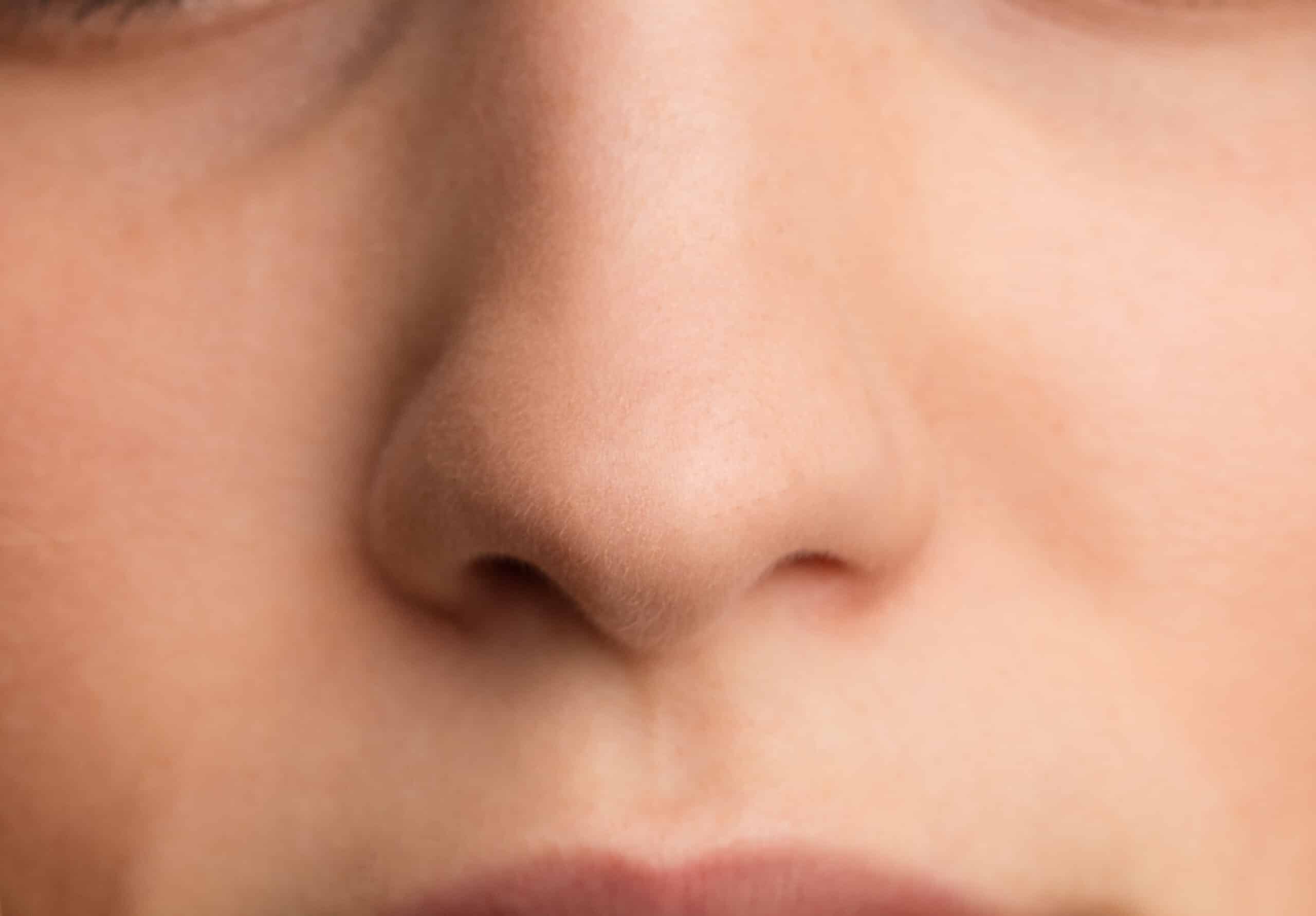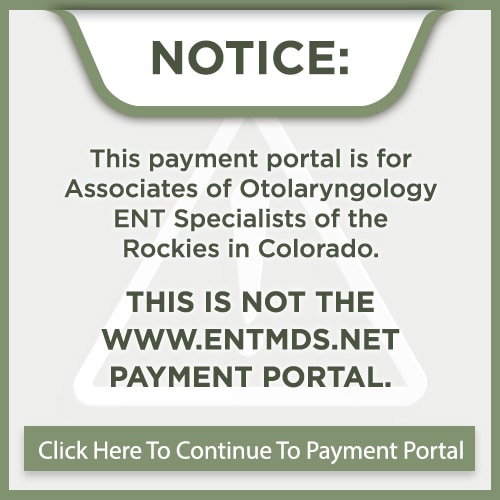Sinus issues can be more than just a nuisance—they can lead to nasal discharge, congestion, headaches, coughing, and significant discomfort. If chronic sinus problems are disrupting your life, you might find relief with a minimally invasive procedure known as Balloon Sinuplasty. This innovative treatment uses a sinus balloon catheter to gently expand the nasal passages, addressing blockages and restoring normal sinus drainage. At AOO | ENT Specialists of the Rockies, our experienced team is committed to providing professional care to help you manage your sinus concerns.
What is a Balloon Sinuplasty?
Balloon Sinuplasty is a highly effective treatment option for sinusitis, particularly chronic rhinosinusitis (CRS). Common symptoms of CRS include nasal congestion, facial pain or pressure, blocked sinuses, runny or stuffy nose, and a diminished sense of smell. For some individuals, Balloon Sinuplasty may be a preferable alternative to functional endoscopic sinus surgery.
This procedure offers numerous benefits, including widening the sinus tissues to reduce complications and enhance breathing. Unlike other sinus procedures, it does not require tissue or bone removal, making it less invasive than many other sinus treatments. Overall, Balloon Sinuplasty is a safe, minimally invasive solution for managing chronic sinusitis and alleviating its symptoms.
Read more articles by Dr. Cutler here.
Who is an Ideal Candidate for Balloon Sinuplasty?
Ideal candidates for Balloon Sinuplasty include those with limited sinus disease, recurrent sinus infections, or scarring in the nasal cavities from previous sinus surgeries. This procedure can also be combined with traditional techniques, such as conventional sinus surgery, in a hybrid approach. However, it may not be suitable for everyone—patients with nasal polyps, tumors, or severe sinusitis might require more invasive procedures.
At AOO | ENT Specialists of the Rockies, most Balloon Sinuplasty procedures are performed in-office, which eliminates the need for general anesthesia and allows for a quicker recovery. To determine if this treatment is right for you, contact our Castle Rock office to schedule a consultation.
What to Expect During a Balloon Sinuplasty
Balloon Sinuplasty is a minimally invasive procedure that can be performed right in our office rather than in an operating room. Typically, it is done under local anesthesia. During the procedure, a thin tube with a light at the end, called an endoscope, is used to guide a catheter through your nostril into the sinus cavity. Once in place, a small, flexible balloon is inserted into the sinuses and gradually inflated to open the blocked sinus passageways (sinus ostia), allowing for normal drainage. After the sinus drainage is restored, the balloon is deflated, and both the balloon and catheter are removed. The entire procedure usually takes about an hour.

Recovery Following Balloon Sinuplasty
Recovery from Balloon Sinuplasty varies depending on the complexity of the procedure. Patients may experience mild discomfort, swelling, and congestion for a few weeks after the procedure. Nasal steroid sprays can be used to help alleviate congestion, and saline rinses are recommended to flush out debris and mucus, as well as to prevent infection. Some patients may also notice bloody drainage during the recovery period.
For minor surgeries, patients typically need three to four days off work, while those with more extensive inflammation may require up to a week. Full recovery can take up to six weeks.
If you experience any severe symptoms, such as heavy nasal bleeding, after your Balloon Sinuplasty, contact your healthcare provider or ear, nose, and throat (ENT) doctor immediately.
Schedule a Consultation
If you are seeking an effective solution to your sinus issues near Castle Rock, CO, Balloon Sinuplasty may be right for you. Please contact AOO | ENT Specialists of the Rockies in Denver, Castle Rock, or Lone Tree, Colorado, today to schedule a consultation.
Frequently Asked Questions about Balloon Sinuplasty
Can balloon sinuplasty be repeated?
Can balloon sinuplasty fix a deviated septum?
Does balloon sinuplasty change your voice?
Is Balloon Sinuplasty painful?
What are the risks of balloon sinuplasty?
How do I prepare for Balloon Sinuplasty?
How long does it take to heal from balloon sinuplasty?
Is Balloon Sinuplasty permanent?
Who is a good candidate for balloon sinuplasty?
How long does congestion last after sinus surgery?
What happens after balloon sinuplasty?
Does balloon sinuplasty break bones?
How Long Does the Balloon Sinuplasty Procedure Take?
How Long Is the Recovery Period for Balloon Sinuplasty?
What Material is the Balloon Made From?
Is the Balloon Sinuplasty Procedure Permanent?
Do I Need General Anesthesia During the Balloon Sinuplasty?








